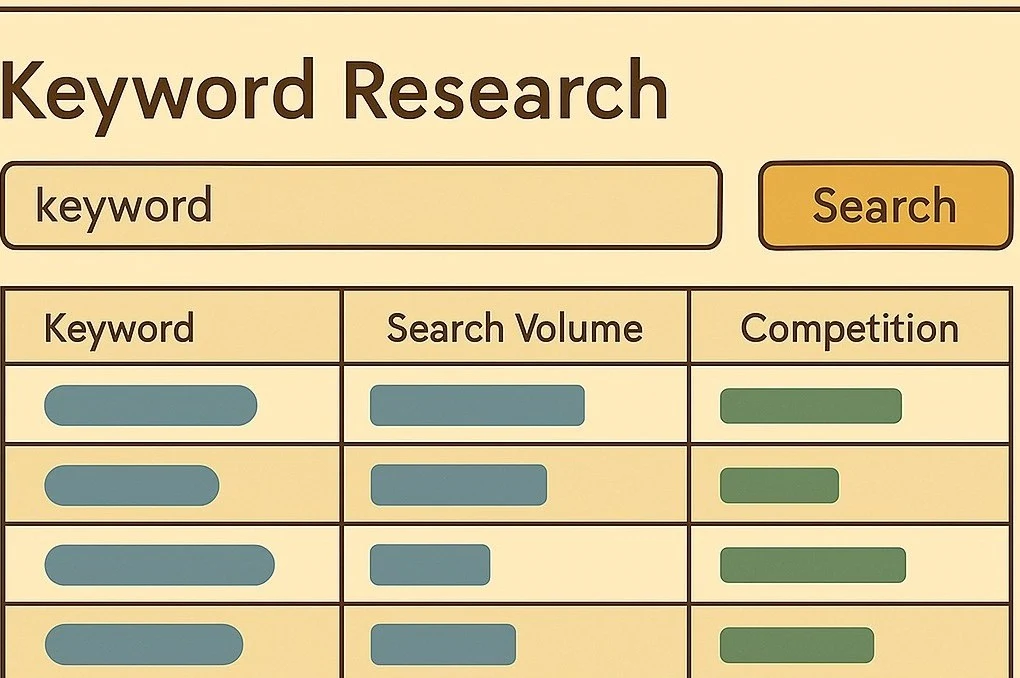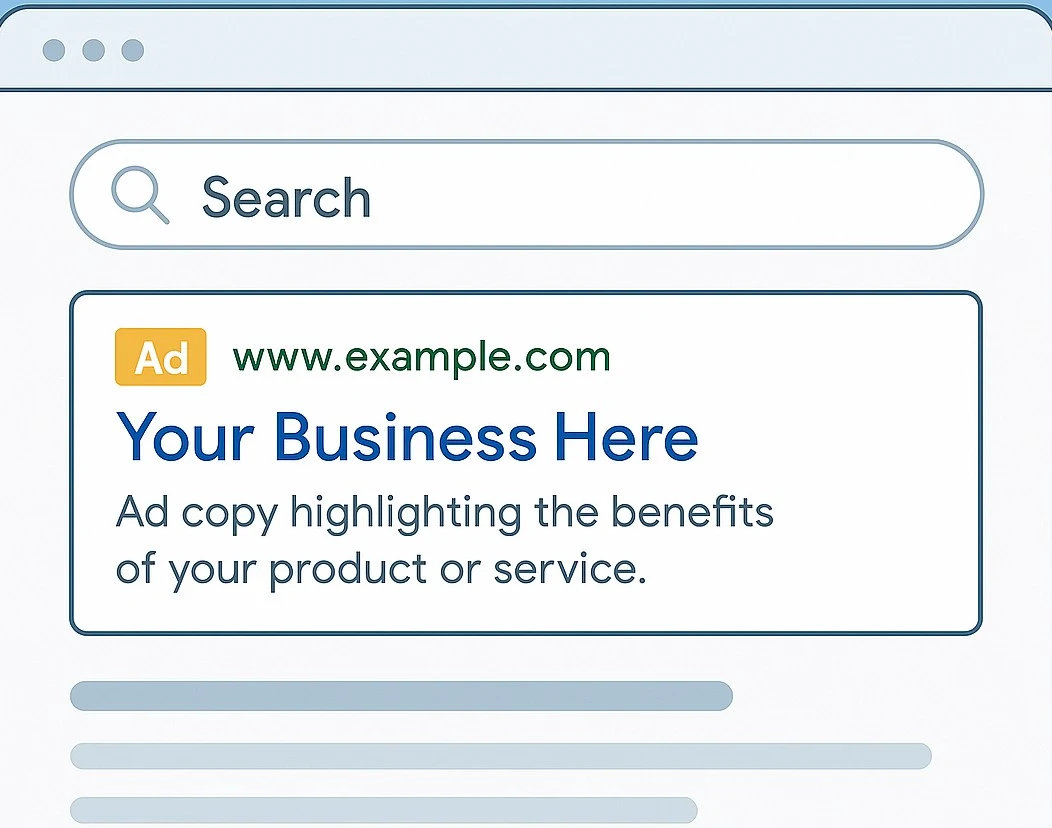Transform Your Google Ads Management For Growth
Google Ads is a powerful tool for businesses looking to expand their reach, attract new customers, and drive revenue growth. However, managing Google Ads campaigns effectively requires a strategic approach, precision, and continuous optimization.
Poorly managed campaigns can drain budgets without delivering results, while well-executed ones can transform your business. In this article, we’ll explore proven strategies to optimize your Google Ads management for maximum growth, covering everything from keyword research to ad creative optimization.
Why Effective Google Ads Management Matters
Google Ads operates on a pay-per-click (PPC) model, meaning you only pay when someone clicks your ad. This makes it a cost-effective way to reach potential customers, but only if your campaigns are structured to attract the right audience. Effective management ensures your ads are seen by people actively searching for your products or services, maximizing return on investment (ROI).
Mismanaged campaigns, on the other hand, can lead to wasted ad spend, low conversion rates, and missed opportunities. By refining your approach, you can turn Google Ads into a growth engine for your business.
The Cost of Inefficiency
According to a 2023 study by WordStream, the average cost-per-click (CPC) across industries ranges from $1 to $20, with highly competitive sectors like legal services exceeding $50 per click. Without proper management, businesses can burn through budgets quickly. Optimizing your campaigns reduces wasted spend and increases conversions.
Step 1: Master Keyword Research for Targeted Reach
Keywords are the foundation of any successful Google Ads campaign. Choosing the right keywords ensures your ads appear in front of users who are most likely to convert.
Understanding Keyword Intent
Keywords can be broadly categorized into informational, navigational, and transactional. Transactional keywords (e.g., “buy running shoes online”) indicate high purchase intent and typically yield better conversion rates. Focus on these for campaigns aimed at driving sales.
Use tools like Google’s Keyword Planner, SEMrush, or Ahrefs to identify high-intent keywords relevant to your business. Aim for a mix of broad, phrase, and exact match keywords to balance reach and specificity.
Leveraging Long-Tail Keywords
Long-tail keywords, which are more specific and often longer phrases, tend to have lower competition and higher conversion rates. For example, instead of targeting “shoes,” target “women’s running shoes for flat feet.” These keywords attract users closer to making a purchase decision.
Negative Keywords to Save Budget
Negative keywords prevent your ads from showing for irrelevant searches. For instance, if you sell premium software, adding “free” as a negative keyword ensures you don’t waste clicks on users seeking free alternatives. Regularly review search term reports to identify and add negative keywords.
Step 2: Optimize Ad Copy for Maximum Engagement
Compelling ad copy is critical to capturing user attention and driving clicks. Your ads must stand out in a crowded digital space while clearly communicating value.
Crafting a Strong Headline
Your ad’s headline is the first thing users see. Use action-oriented language and include primary keywords. For example, “Shop Premium Running Shoes – Free Shipping!” is a direct and enticing offer. Google allows up to three headlines (30 characters each), so experiment with variations to see what resonates.
Writing Persuasive Descriptions
Ad descriptions should highlight unique selling points (USPs), such as discounts, fast shipping, or exclusive offers. Include a clear call-to-action (CTA), such as “Shop Now” or “Get a Free Quote.” Keep descriptions concise, as Google limits them to 90 characters each.
Using Ad Extensions
Ad extensions, such as site links, callouts, and structured snippets, provide additional information and increase ad visibility. For example, a restaurant might use site link extensions to direct users to “Menu” or “Reservations” pages. Extensions can improve click-through rates (CTR) by up to 20%, according to Google.
![Image of a well-crafted Google Ad on a search results page]
Alt text: A Google Ads search result showcasing a compelling headline, description, and site link extensions for a retail business.
Step 3: Refine Your Campaign Structure
A well-organized campaign structure improves performance and makes management easier. Poor structure can lead to overlapping keywords, inefficient budget allocation, and missed opportunities.
Segment Campaigns by Theme
Group related keywords into tightly themed ad groups. For example, an e-commerce store selling shoes might create separate ad groups for “men’s sneakers,” “women’s sandals,” and “kids’ boots.” This ensures ads are highly relevant to user searches, improving Quality Score and reducing CPC.
Use Single Keyword Ad Groups (SKAGs)
Single Keyword Ad Groups (SKAGs) involve creating ad groups with just one keyword in exact or phrase match. This allows hyper-specific ad copy and landing pages, boosting relevance and conversions. While time-intensive, SKAGs can significantly improve campaign performance.
Geo-Targeting and Scheduling
Target specific locations to reach your ideal audience. For example, a local bakery might limit ads to a 10-mile radius. Use ad scheduling to display ads during peak business hours, ensuring the budget is spent when users are most likely to convert.
Step 4: Leverage Audience Targeting and Remarketing
Google Ads offers robust audience targeting options to refine who sees your ads, ensuring you reach users most likely to engage.
In-Market and Affinity Audiences
In-market audiences target users actively researching products or services like yours, while affinity audiences focus on users with specific interests. For example, a fitness brand might target “Fitness Enthusiasts” or users in-market for “Athletic Apparel.”
Remarketing for Re-Engagement
Remarketing targets users who have previously visited your website or interacted with your brand. Create dynamic remarketing ads that showcase products users viewed but didn’t purchase. According to Google, remarketing can increase conversions by up to 50% for some businesses.
Custom Audiences
Use custom audiences to target users based on specific behaviors, such as visiting a particular page or abandoning a cart. Upload customer email lists to create lookalike audiences, expanding your reach to similar users.
Step 5: Optimize Landing Pages for Conversions
A great ad is only half the battle—your landing page must convert clicks into customers. A poorly designed landing page can negate even the best ad campaigns.
Align Landing Pages with Ads
Ensure your landing page content matches the ad’s messaging. If your ad promotes “20% Off Running Shoes,” the landing page should prominently feature that offer. Misalignment can lead to high bounce rates and low conversions.
Improve Page Load Speed
Page load speed is critical for user experience and conversions. According to Google, a one-second delay in mobile page load can reduce conversions by up to 20%. Use tools like Google PageSpeed Insights to identify and fix speed issues.
Clear Calls-to-Action
Every landing page should have a clear, prominent CTA, such as “Buy Now” or “Sign Up Today.” Use contrasting colors for CTA buttons to make them stand out. A/B test different designs to find what works best.
![Image of an optimized landing page with a clear CTA]
Alt text: A mobile-friendly landing page with a prominent “Shop Now” button, designed to convert Google Ads traffic.
Step 6: Monitor and Optimize with Data
Continuous monitoring and optimization are key to long-term success in Google Ads. Use data to identify what’s working and where improvements are needed.
Track Key Metrics
Focus on metrics like CTR, conversion rate, cost-per-conversion, and Quality Score. A low CTR may indicate weak ad copy, while a high cost-per-conversion suggests inefficient targeting or landing page issues.
Use Conversion Tracking
Set up conversion tracking to measure actions like purchases, form submissions, or phone calls. This helps you understand which keywords, ads, and campaigns drive the most value.
A/B Testing for Improvement
Regularly test different elements of your campaigns, such as headlines, ad copy, and landing page designs. For example, test two versions of a headline to see which generates a higher CTR. Use Google’s built-in A/B testing tools to streamline the process.
Step 7: Automate with Smart Bidding
Google’s Smart Bidding uses machine learning to optimize bids for conversions or value. Strategies like Target CPA (Cost Per Acquisition) and Maximize Conversions can save time and improve performance.
When to Use Smart Bidding
Smart Bidding works best for campaigns with sufficient historical data (at least 30 conversions in the past 30 days). For newer campaigns, start with manual bidding to gather data before transitioning to automation.
Combining Automation with Manual Oversight
While Smart Bidding is powerful, it’s not a set-it-and-forget-it solution. Regularly review performance to ensure bids align with your goals. Adjust budgets and pause underperforming keywords as needed.
Common Mistakes to Avoid
Even seasoned marketers make mistakes in Google Ads management. Here are some pitfalls to watch out for:
- Broad Match Overuse: Relying solely on broad match keywords can lead to irrelevant clicks. Use exact and phrase match for better control.
- Ignoring Mobile Optimization: With over 50% of searches on mobile, ensure ads and landing pages are mobile-friendly.
- Neglecting Negative Keywords: Failing to add negative keywords wastes budget on irrelevant clicks.
- Not Testing Enough: Without A/B testing, you’re guessing what works. Test everything from ad copy to landing pages.
- Setting and Forgetting: Google Ads requires ongoing optimization. Check campaigns weekly to stay on top of performance.
Scaling Your Campaigns for Growth
Once your campaigns are performing well, it’s time to scale. Increase budgets for high-performing campaigns, but do so gradually to avoid disrupting performance. Expand into new keyword groups, test additional ad formats (like display or video ads), and explore new audience segments.
Diversifying Ad Formats
Beyond search ads, consider Google’s Display Network or YouTube ads to reach users at different stages of the funnel. For example, video ads can build brand awareness, while display ads can drive remarketing conversions.
Expanding Geographically
If your local campaigns are successful, consider targeting new regions. Use geo-targeting data to identify areas with high demand for your products or services.
Conclusion
Transforming your Google Ads management for growth requires a strategic approach, from keyword research to landing page optimization. By focusing on high-intent keywords, crafting compelling ad copy, refining campaign structure, and leveraging data-driven insights, you can maximize ROI and drive sustainable growth. Avoid common mistakes, embrace automation where appropriate, and continuously test and optimize to stay ahead of the competition.
Start implementing these strategies today, and watch your Google Ads campaigns become a powerful driver of business success.
Top 5 Keywords
- Google Ads Management
- PPC Campaign Optimization
- Keyword Research Strategies
- Ad Copy Best Practices
- Landing Page Conversion





No comments:
Post a Comment